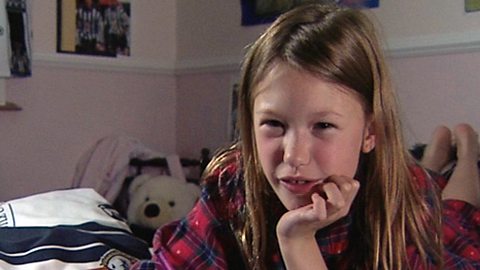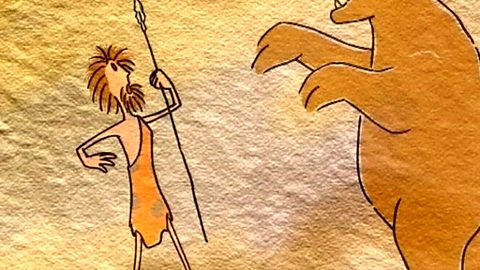How do you feel after being angry?
Description
A boy explains how he feels after he has been angry. An animation then describes why we sometimes lose control - when we lived in caves we needed a fast-acting fight or flight response to danger. The thinking brain developed over time to give us more ways to respond to situations. However, sometimes things go wrong and the emotional brain takes over. Children explain how this makes them feel.
Classroom Ideas
Students could be asked to create a cartoon strip to show a conflict situation where a person gets angry and responds aggressively. The conflict situation could be discussed and decided upon as a class first of all, or students could develop their own storyline. Instead of including speech bubbles in their cartoon strip, students could just use thought bubbles to describe the thoughts and feelings of everyone involved. Students could then discuss how their characters felt after they expressed their anger aggressively. Was it worth it? What may the consequences of these actions be? Students could then come up with an alternative ending, and overlay this on their original cartoon strip. It could be added as a flip page so that both endings can be seen. Which is more positive?
Alternatively, students could explore the processes of emotional thinking in a conflict situation. Given a scenario, students could create a thought bubble for the emotional brain, describing the angry feeling which starts to fill the brain. They could then come up with a second thought bubble for the thinking brain which gives a more reasonable and positive solution to the situation. Students could do this for common conflict situations that occur in the playground.
Mental and emotional wellbeing
Now playing video 9 of 11
- 2:10

- Now playing2:06
